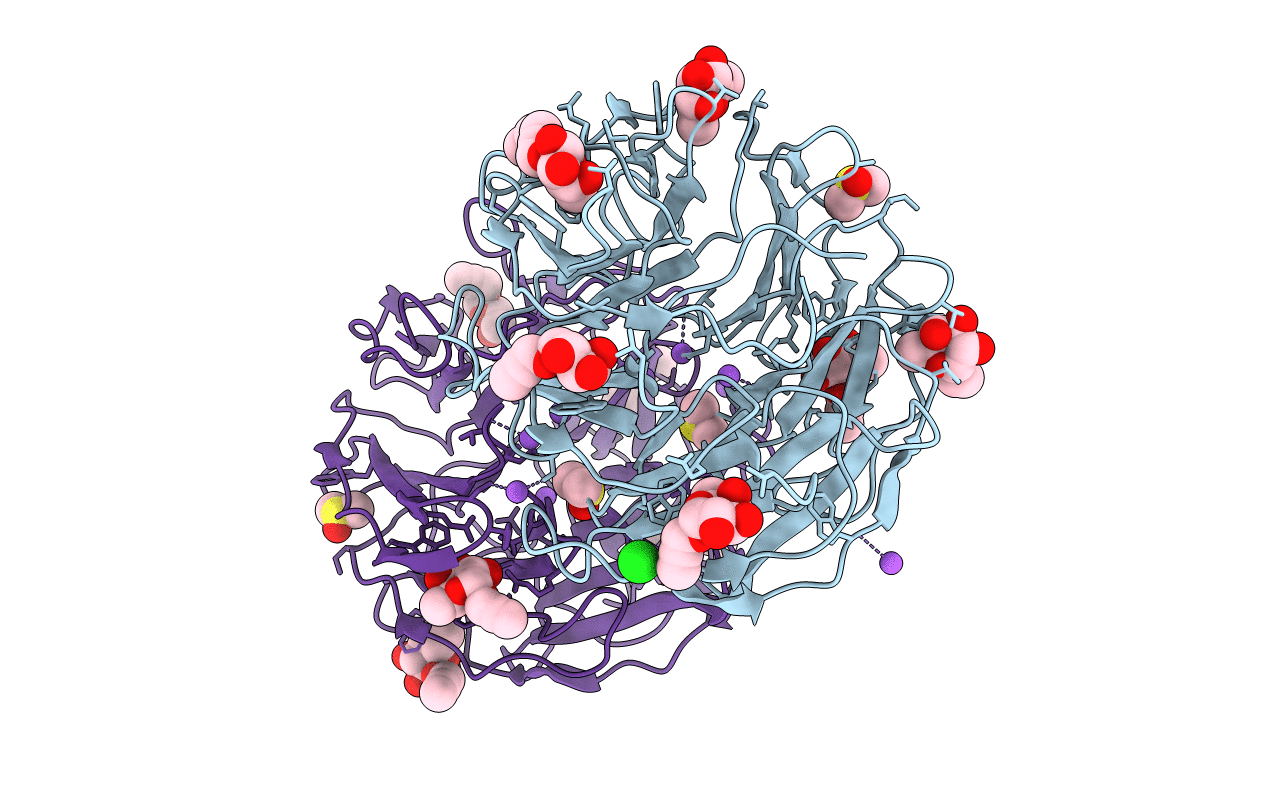
Deposition Date
2017-12-04
Release Date
2018-01-31
Last Version Date
2024-10-16
Entry Detail
PDB ID:
6F5W
Keywords:
Title:
Photorhabdus asymbiotica lectin (PHL) in complex with propargyl-fucoside
Biological Source:
Source Organism:
Photorhabdus asymbiotica (Taxon ID: 291112)
Host Organism:
Method Details:
Experimental Method:
Resolution:
1.91 Å
R-Value Free:
0.21
R-Value Work:
0.17
R-Value Observed:
0.17
Space Group:
P 32 2 1


